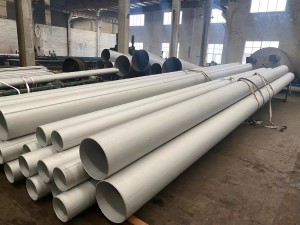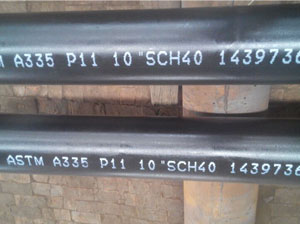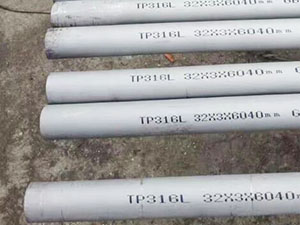Duplex stainless steels account for >80% of the consumption of duplex, super duplex and hyper duplex grades. Developed in the 1930’s for application in paper and pulp manufacture, duplex alloys are based around a 22% Cr composition and the mixed austenitic:ferritic microstructure that delivers desirable mechanical properties.
Compared with the generic 304/316 austenitic stainless steels, the family of duplex grades will typically have twice the strength and provide a significant uplift in corrosion resistance. Increasing the chromium content of stainless steels will increase their pitting corrosion resistance. However, the Pitting Resistance Equivalent Number (PREN) that infers an alloys resistance to pitting corrosion also includes a number of other elements in its formula. This subtlety can be used to explain how the difference between UNS S31803 and UNS S32205 developed and whether it matters.
Following the development of duplex stainless steels, their initial specification was captured as UNS S31803. However, a number of the leading manufacturers were consistently producing this grade to the upper end of the allowable specification. This reflected their desire to maximise the corrosion performance of the alloy, aided by the development of the AOD steelmaking process that allowed tighter control of composition. In addition, it also allowed the level of nitrogen additions to be influenced, rather than just present as a background element. Therefore, the highest performing duplex grade sought to maximise the levels of chromium (Cr), molybdenum (Mo) and nitrogen (N). The difference between a duplex alloy whose composition meets the bottom of the specification, versus one that hits the top of the specification can
be several points based upon the formula PREN = %Cr + 3.3 %Mo + 16 % N.
In order to differentiate the duplex stainless steel produced at the top end of the composition range, a further specification was introduced, namely UNS S32205. Duplex stainless steel made to the S32205 (F60) caption will fully meet the S31803 (F51) caption, whereas the reverse is not true. Therefore S32205 can be dual-certified as S31803.







